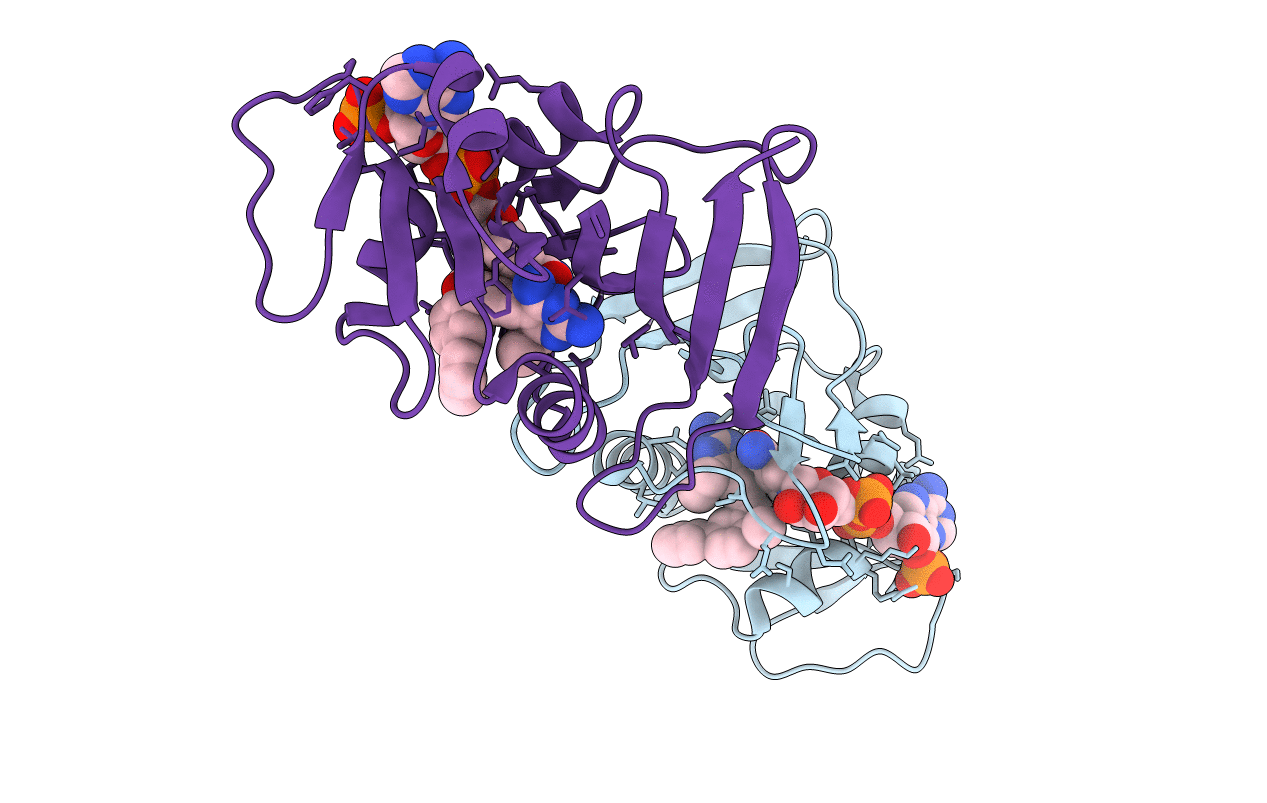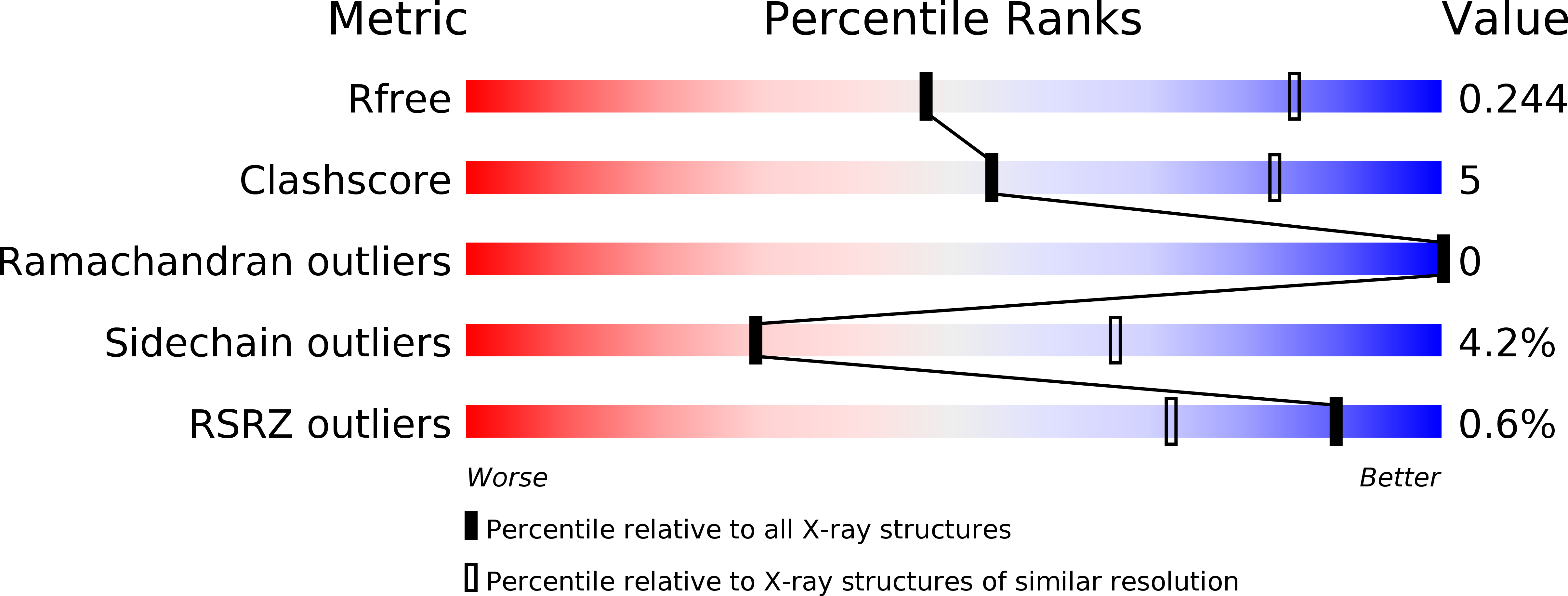
Deposition Date
2011-06-15
Release Date
2012-03-07
Last Version Date
2024-04-03
Entry Detail
PDB ID:
3SH2
Keywords:
Title:
Staphylococcus aureus Dihydrofolate Reductase complexed with NADPH and 6-ethyl-5-(3-(4-methoxybiphenyl-3-yl)prop-1-ynyl)pyrimidine-2,4-diamine (UCP120J)
Biological Source:
Source Organism:
Staphylococcus aureus (Taxon ID: 1280)
Host Organism:
Method Details:
Experimental Method:
Resolution:
3.00 Å
R-Value Free:
0.24
R-Value Work:
0.21
R-Value Observed:
0.21
Space Group:
P 61


